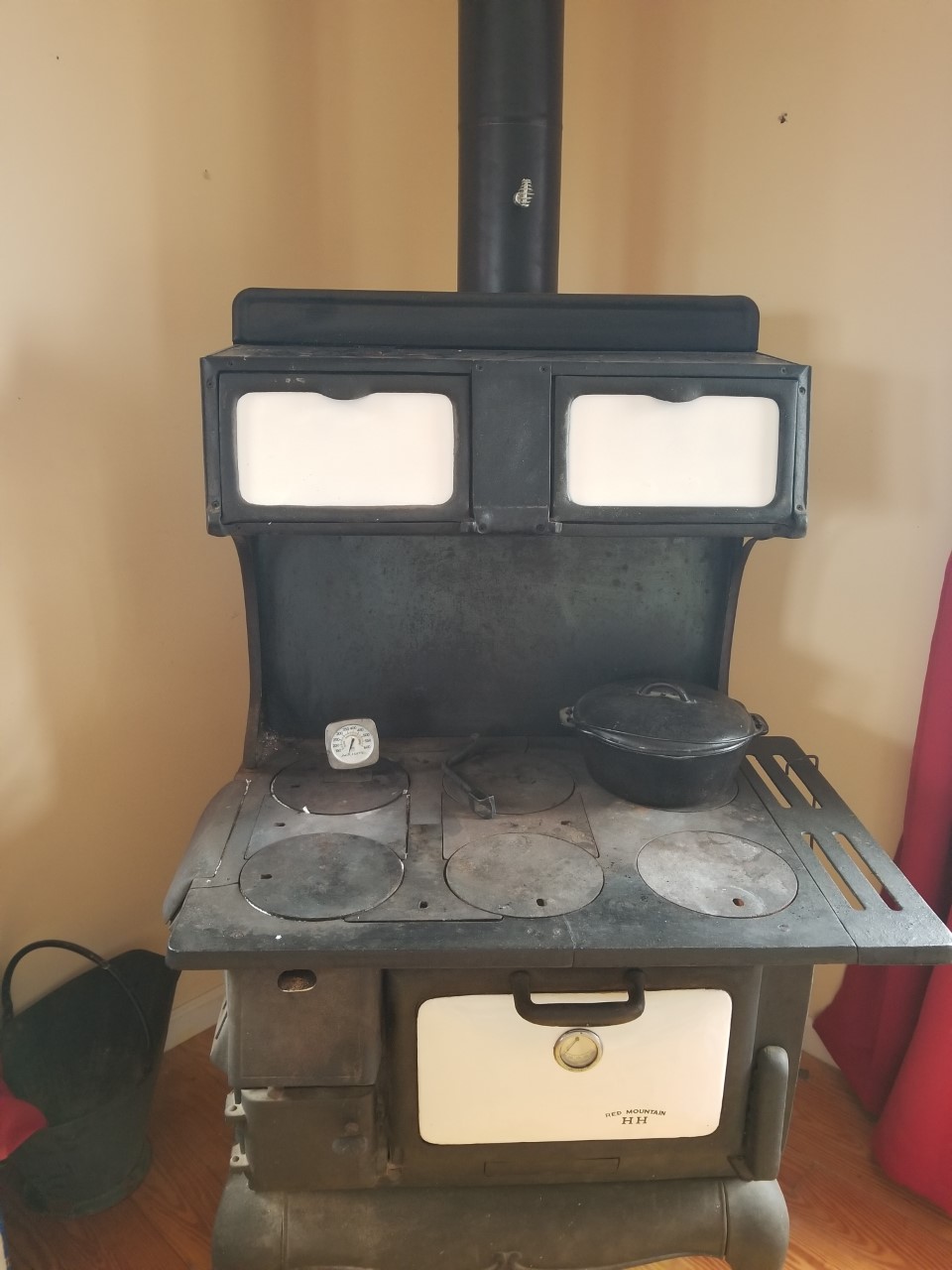Putting in a different cooking appliance can seem like a daunting task for many homeowners. With so many options available, from natural gas to electrical models, as well as specific installation requirements, the process can rapidly become overwhelming. That's where professional stove installation professionals come in. Hiring an experienced professional not only guarantees that your stove is set up safely and efficiently but also helps you prevent the usual problems that can lead to difficulties down the line.
In this guide, we will walk you through all you need to be aware of before beginning a stove installation task. We will discuss critical topics like how to prepare your kitchen, the variances between gas and electric stoves, and safety considerations you should be cognizant of. Moreover, we’ll explore the importance of hiring a professional for your stove installation and how it makes a significant difference in avoiding potential issues such as gas leaks or electrical malfunctions. You'll gain valuable knowledge into making a confident choice, ensuring proper ventilation, and understanding local codes and permits. Whether you are remodeling your kitchen or replacing an aged appliance, this manual will help you steer through the process efficiently.
Selecting Among Gas and Electrical Stoves
As you weigh your options between natural gas and electric stoves, it’s essential to evaluate how you cook and likings. Natural gas stoves offer immediate heat and precise temperature control, making them a preferred choice among professional chefs and home cooks who love cooking. try this web-site to see the flame offers immediate feedback on heat levels, allowing for swift adjustments. Additionally, many amateur chefs appreciate the characteristic flavor that natural gas can bring to certain dishes, especially when using flame cooking for techniques like charring or browning.
In contrast, electric stoves have their own advantages that cater to different needs. They often be easier to clean, especially if you select smooth-top models. Electric stoves moreover typically spread heat more evenly over the cooking surface, which can enhance the cooking experience for many dishes. Induction cooktops, a kind of electrical stove, give fast heating similar to gas while also incorporating enhanced safety features and energy efficiency.
In the end, the choice will rely on your kitchen setup, whether you have access to gas lines, and your cooking preferences. Reflect on if you like the responsiveness of natural gas or the ease of use and ease of cleaning associated with electrical stoves. Assessing these factors will assist you in make an informed decision that matches your lifestyle and culinary needs.
Getting Ready Your Kitchen for Installation
Before setting up your new stove, it's crucial to ready your kitchen to ensure a smooth process. Commence by clearing the area around the stove location. Eliminate any things from countertops, cabinets, and nearby spaces to create a accessible environment for the installers. This not just helps them work effectively but also prevents any accidental damage to your belongings during the installation.
Subsequently, consider the layout of your kitchen and how it will accommodate the new stove. If you're switching to a larger or different style stove, gauge the available space carefully to ensure that it fits just right. Additionally, check for any obstacles that could interfere with installation, such as cabinets or pantry doors. Planning for sufficient clearance around the stove is essential for safety and functionality, ensuring that you comply with installation guidelines and local codes.
Finally, it's wise to prepare your kitchen for any potential inconveniences that come with installation. Notify your family members about the installation schedule and arrange for meals during that time. You may also want to designate a provisional cooking area if you rely heavily on your stove. With everything organized and planned out, you'll minimize stress and help the installers wrap up their work swiftly and effectively.
Security and Compliance in Cooking Appliance Installation
Guaranteeing safety and adherence during cooking appliance installation is paramount for every homeowner. Local regulations often dictate specific codes that must be followed during installation. It is crucial to acquaint yourself with these regulations, which can include requirements for clearances, airflow, and electrical connections. Not complying to comply can lead to hazardous situations, including gas leaks or fire hazards. Always consult local building codes to ensure your installation fulfills the necessary criteria.
Another important aspect of safety is the correct installation of natural gas or electric connections. When installing a gas stove, it's essential to inspect for leaks in the gas line and ensure the connections are tightly secured. For electric stoves, ensuring that the outlet can handle the appliance's amperage is important to prevent exceeding capacity. Engaging a qualified expert for these tasks can provide assurance, as they are experienced to follow security protocols and can identify potential issues before they become serious.

Routine maintenance and inspections are also vital for ongoing safety after installation. Homeowners should regularly check their stoves for any signs of deterioration or malfunction. Additionally, it’s crucial to maintain the area around the stove free from flammable materials and to ensure proper ventilation is upheld. By emphasizing safety and compliance from the beginning and throughout the life of your stove, you can enjoy efficient and safe operation in your kitchen.
